The furniture which John Fowler picked out for his own home is going up for sale in December
John Fowler, the iconic decorator who moved the needle of British interior design as a co-founder of Colefax & Fowler, chose exquisite pieces for his own home — and dozens of them are now up for sale.

Over 30 antiques which once furnished the home of John Fowler are going up for sale in December.
Sibyl Colefax & John Fowler are hosting the John Fowler & Imogen Taylor sale from 2nd-22nd December at 89-91 Pimlico Road, London, a selling exhibition of over 100 antiques, more than 30 of which came from Fowler’s residence, The Hunting Lodge.
Dubbed ‘the Prince of Decorators’ by Deborah, Duchess of Devonshire, Fowler established a look that continues to inspire to this day. He and his business partner Nancy Lancaster — who had by then bought Lady Sibyl’s share of the business — would go antiques buying together, with most pieces being sold on in the Brook Street showroom.
Most, but not all: the pair kept a number pieces were kept for their own homes. ‘Fowler had the most exquisite taste, and the 1940s were an exceptional period to buy in,’ says Roger Jones, head of the Antiques Department at Sybil Colefax & John Fowler. In the case of Fowler, the home in question was The Hunting Lodge, an 18th century folly which he purchased in 1947 and lived in until his death 30 years later.
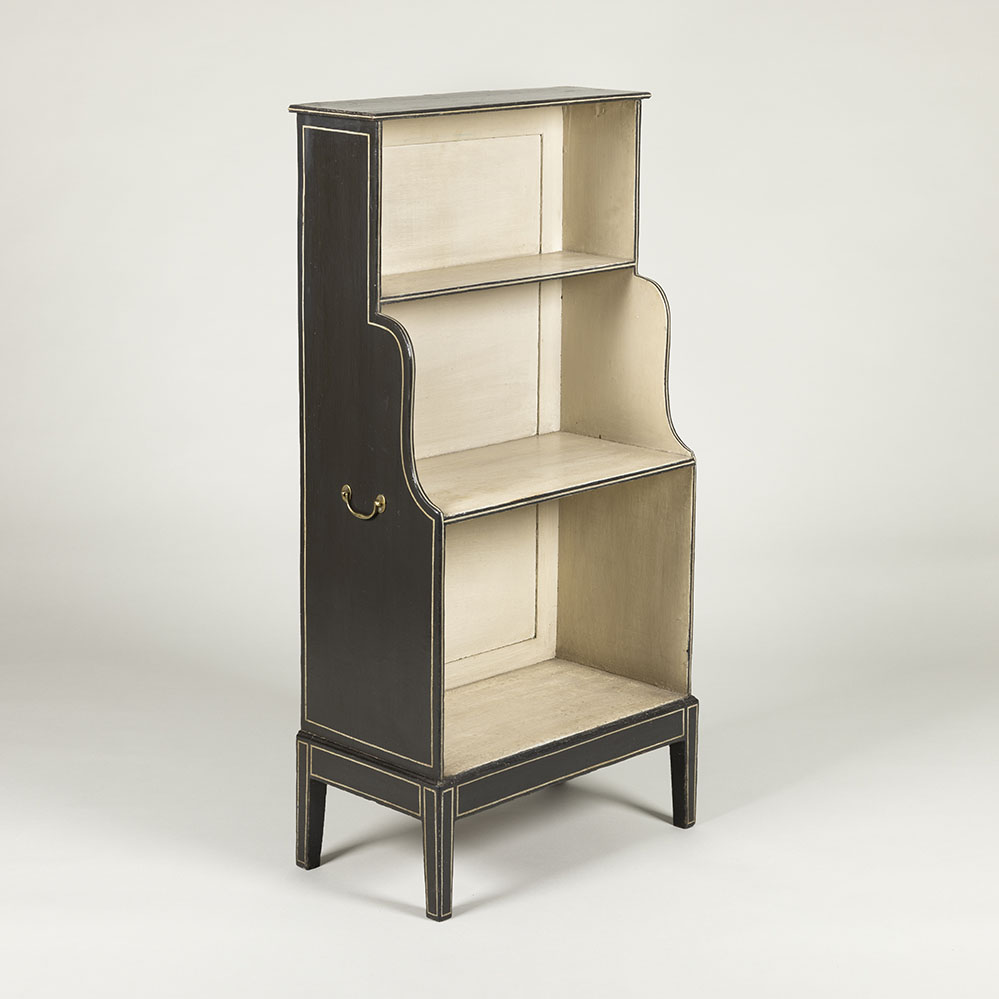
The style within was, explains Jones, ‘utterly unpretentious, very comfortable, with a veneer of elegance and informality and the feeling that one can sit down anywhere without having to move a chair.’
The furniture has been placed up for sale by Imogen Taylor, who joined the company in 1949 and was Fowler’s assistant for 17 years. By 1968, Imogen was a partner in the firm and an esteemed decorator in her own right, remaining with Sibyl Colefax & John Fowler until her retirement in 1999 — a remarkable 50 years with the company.
‘John bequeathed the contents of The Hunting Lodge to his friends, and I was lucky enough to be a recipient,’ she says. ‘I purchased a little house in Burgundy on my retirement, which I filled with pieces of furniture and pictures that John left me.’
Sign up for the Country Life Newsletter
Exquisite houses, the beauty of Nature, and how to get the most from your life, straight to your inbox.
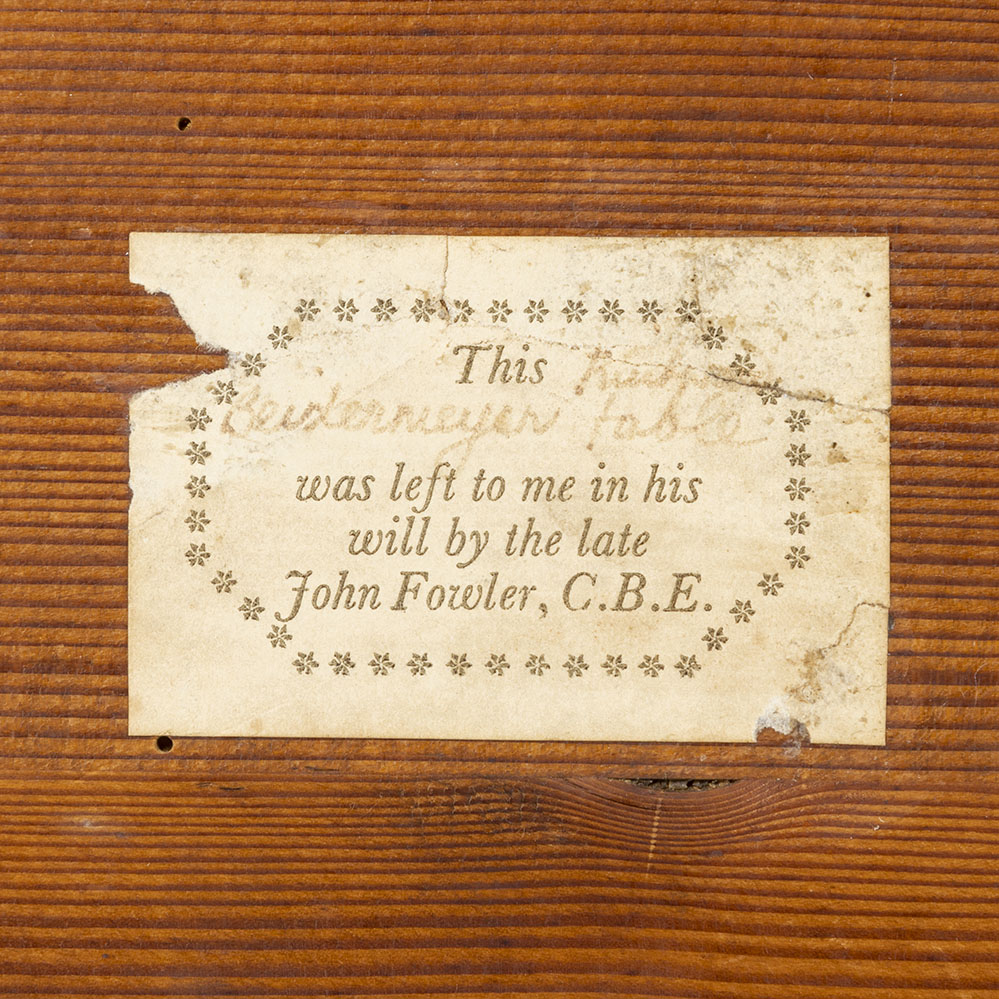
In addition to items bequeathed by Fowler, the sale includes Taylor’s furniture, art and smaller ceramics — including a 1780 black and gilt japanned elbow chair with rush seat and cushion painted by George Oakes, several George III painted chairs and a pair of late 18th century grey-painted and gilt elbow chairs. ‘It is the first sale of its kind, the rarest of opportunities to purchase Fowler’s collections,’ explains Roger Jones.
Sale highlights from The Hunting Lodge — some of which are pictured above — include almost the entire contents of the dining room, from Fowler’s tilt top fruitwood dining table and North European marble top walnut commode, both circa 1800, to a set of six Italian painted rush chairs, circa 1810, as well as a Regency etagère with caned shelves and simulated bamboo paintwork and the tole verrière displayed upon it.
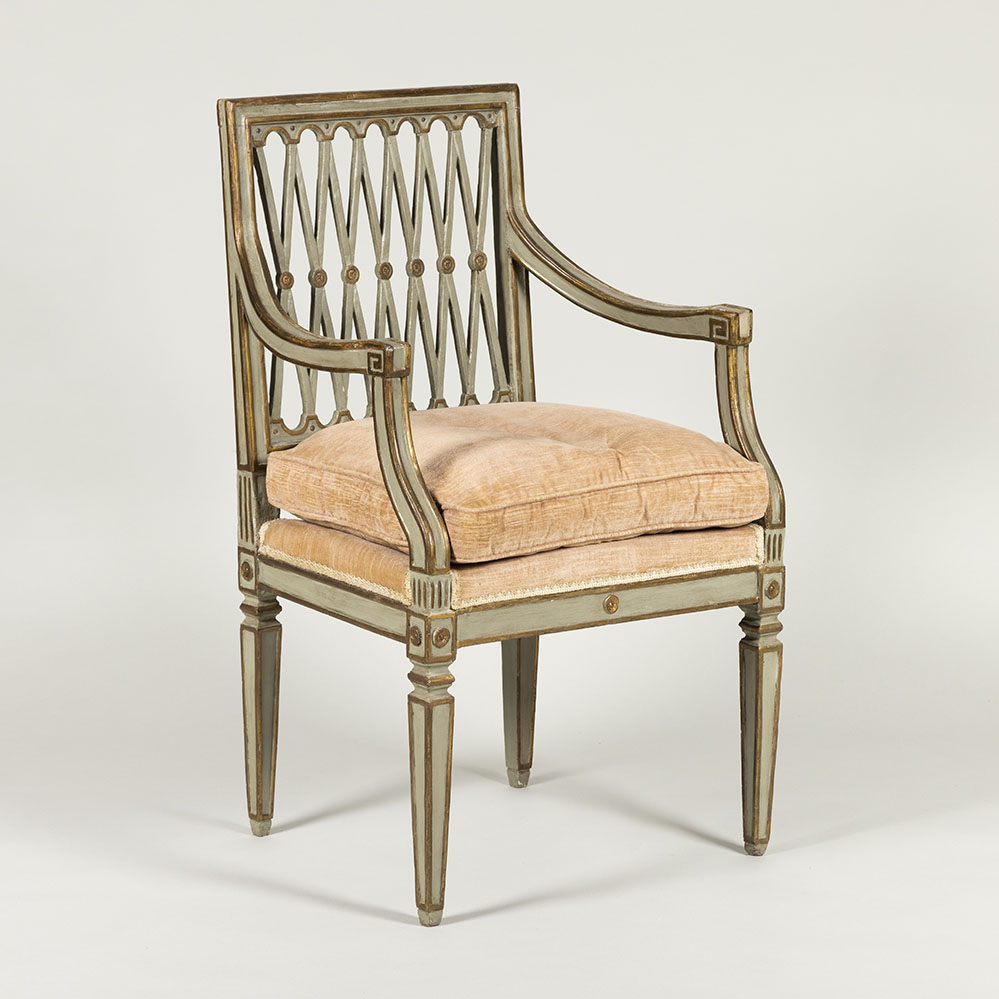
Further furniture highlights include a French Directoire period mahogany fall-front bureau with marble top, circa 1800, an early 18th century wing-armchair upholstered in a green velvet and Fowler’s own Friar’s chair — a model still available to order from Sibyl Colefax & John Fowler).
The full catalogue will be online at www.sibylcolefax.com from December 2.
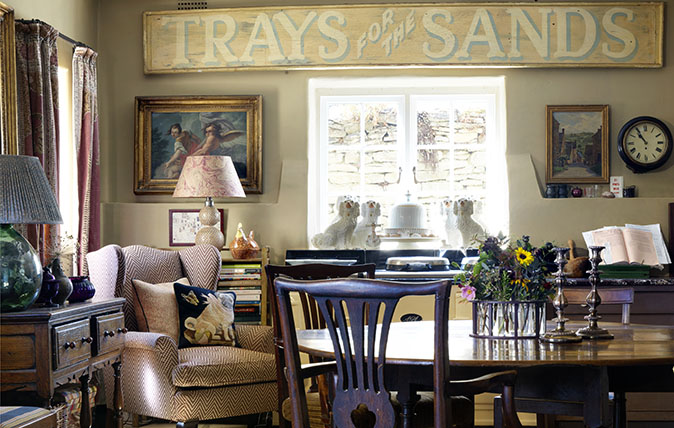
Credit: Simon Brown
The dovecote which became a delightful country home
A long career at Sibyl Colefax & John Fowler was the perfect preparation for Emma Burns’s greatest design challenge yet:
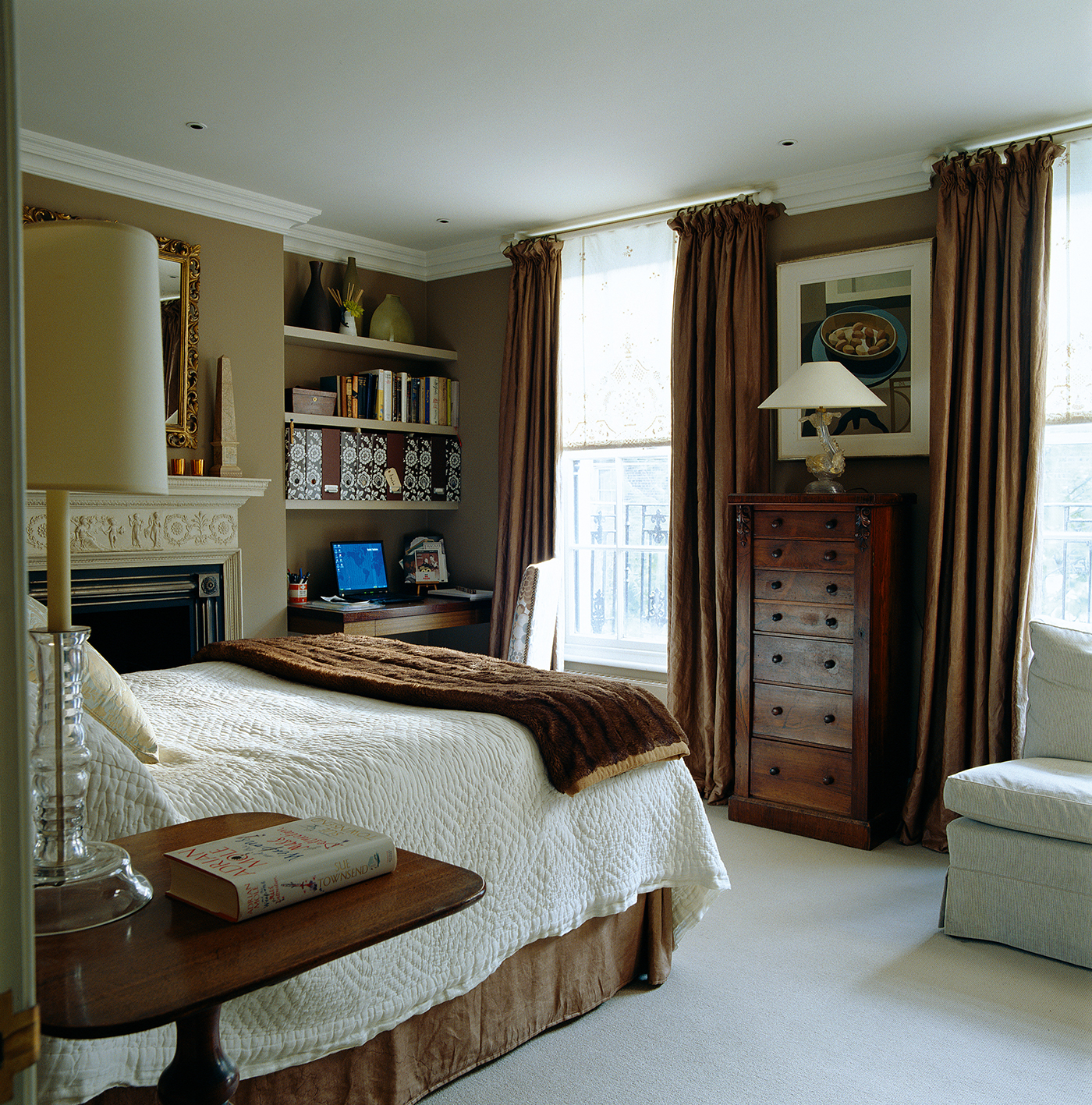
A room with a shockingly radical solution to finding its focal point: bricking up a window and building a new fireplace
Emma Burns transformed the sitting room of this London townhouse into an elegant bedroom — but not without making a major
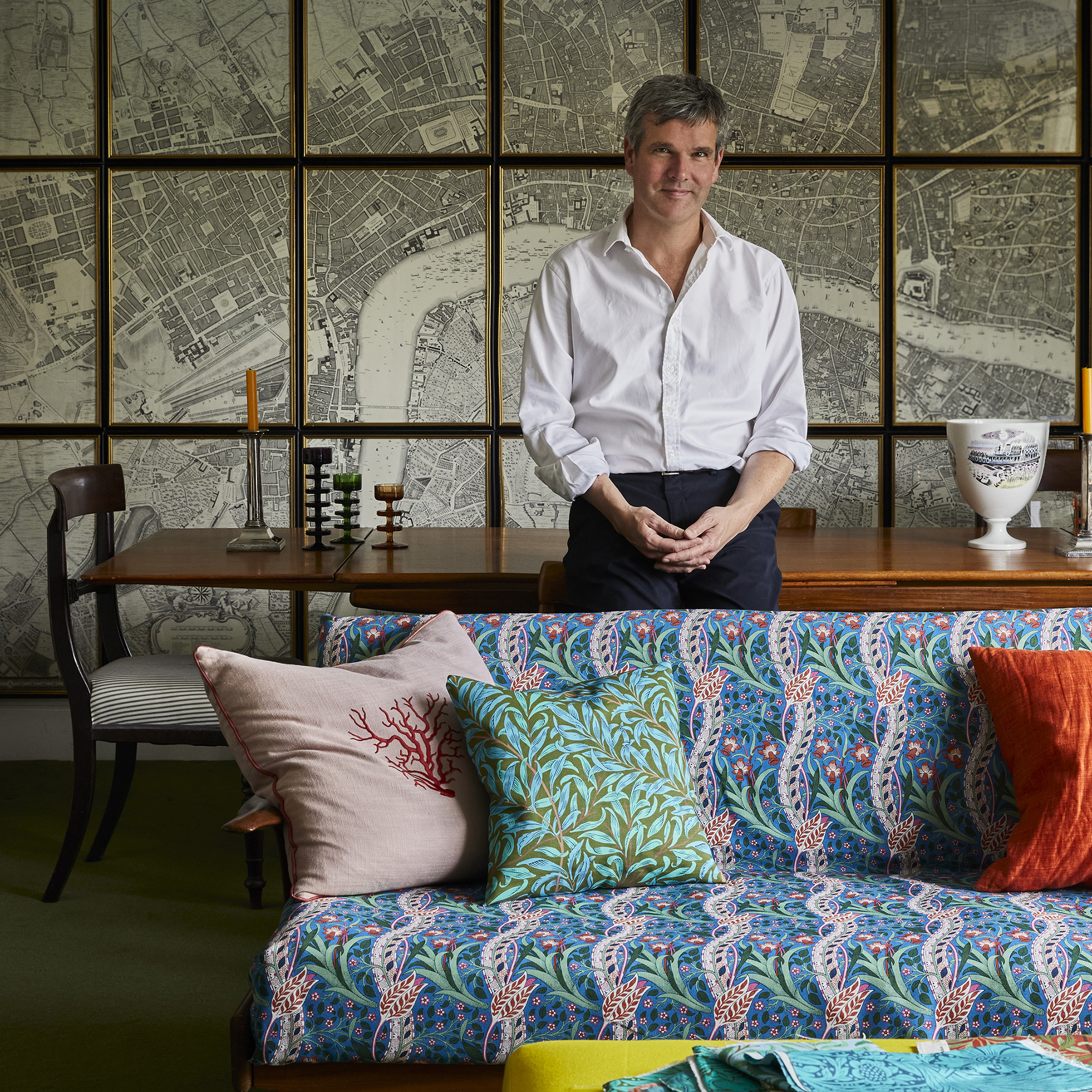
Credit: Ben Pentreath
Nine new interiors ideas for Autumn, from lovely lamps to a fresh take on William Morris
Amelia Thorpe picks out some of the most inspiring new looks, from lamps and wallpaper to Ben Pentreath's take on
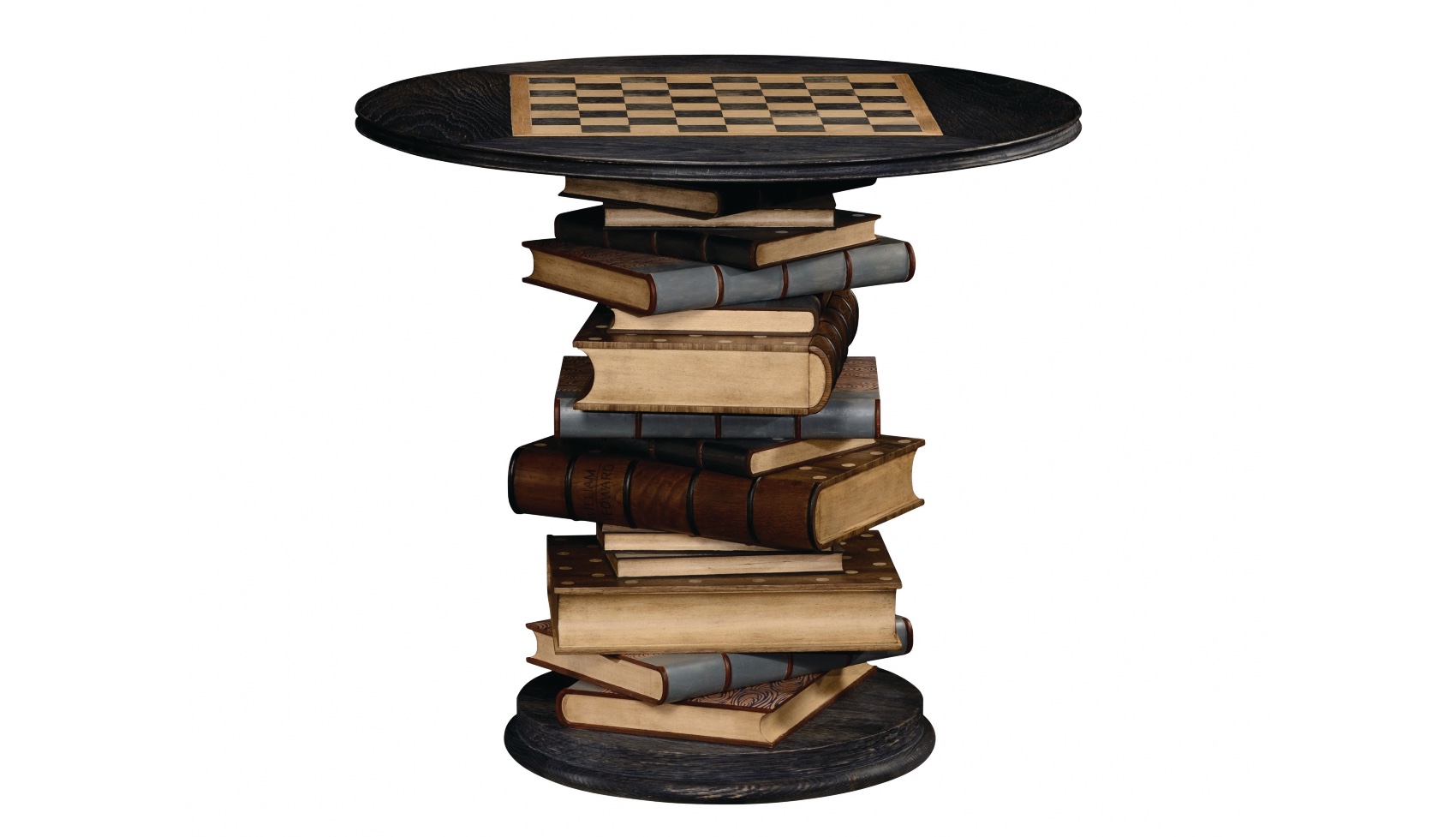
Credit: William Yeoward
Everything you need to transform your library into the most decadent room of the house: from a £6,000 bookcase to a secret games table
Furniture and accessories for a stylish library, selected by Amelia Thorpe.
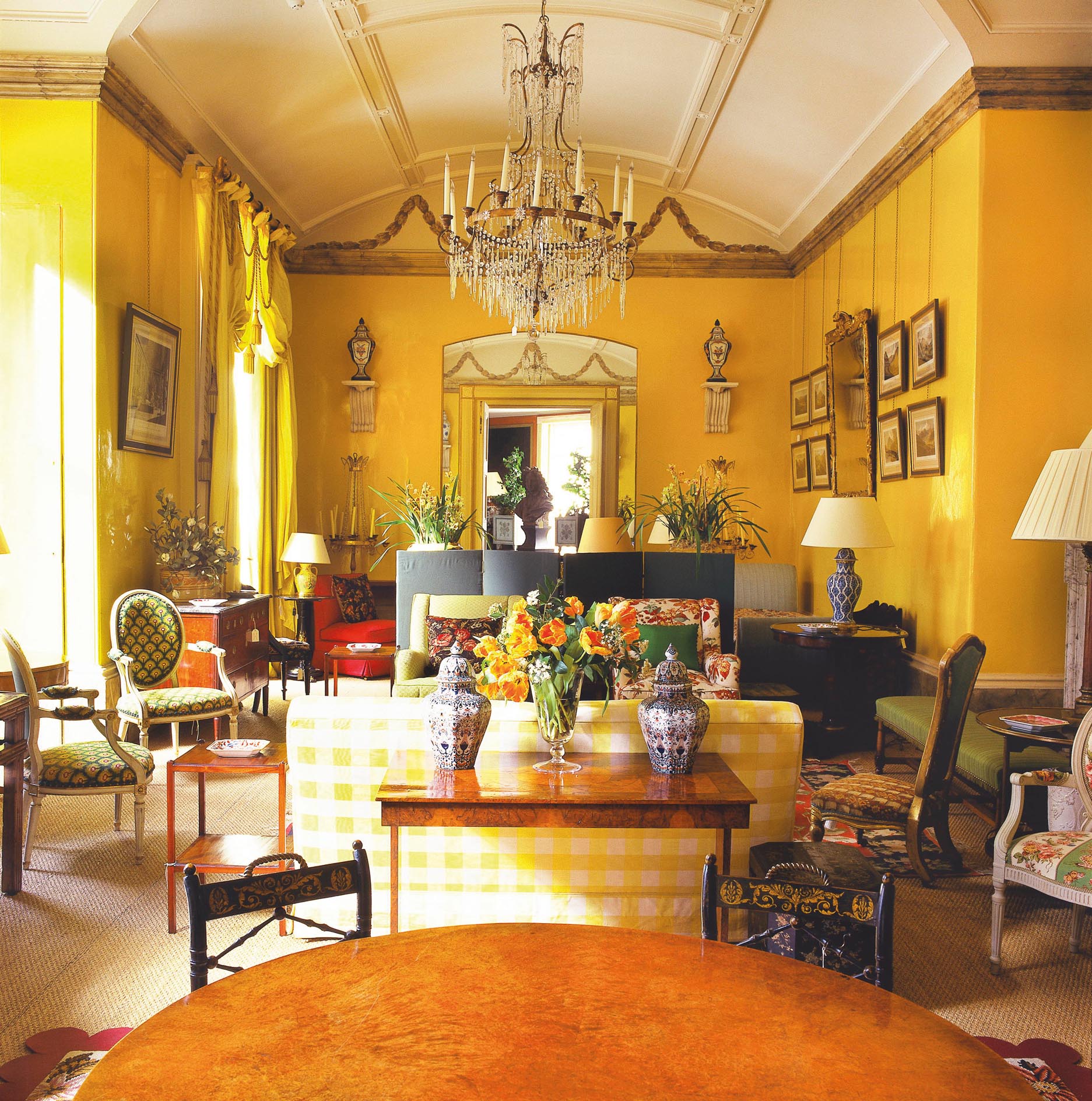
The Yellow Room at 39, Brook Street: Perfection in design from the woman with 'the finest taste of anyone in the world' and her talented artisan partner
Jack Watkins takes a look at the Yellow Room, the famed space in Mayfair that brought out the very best
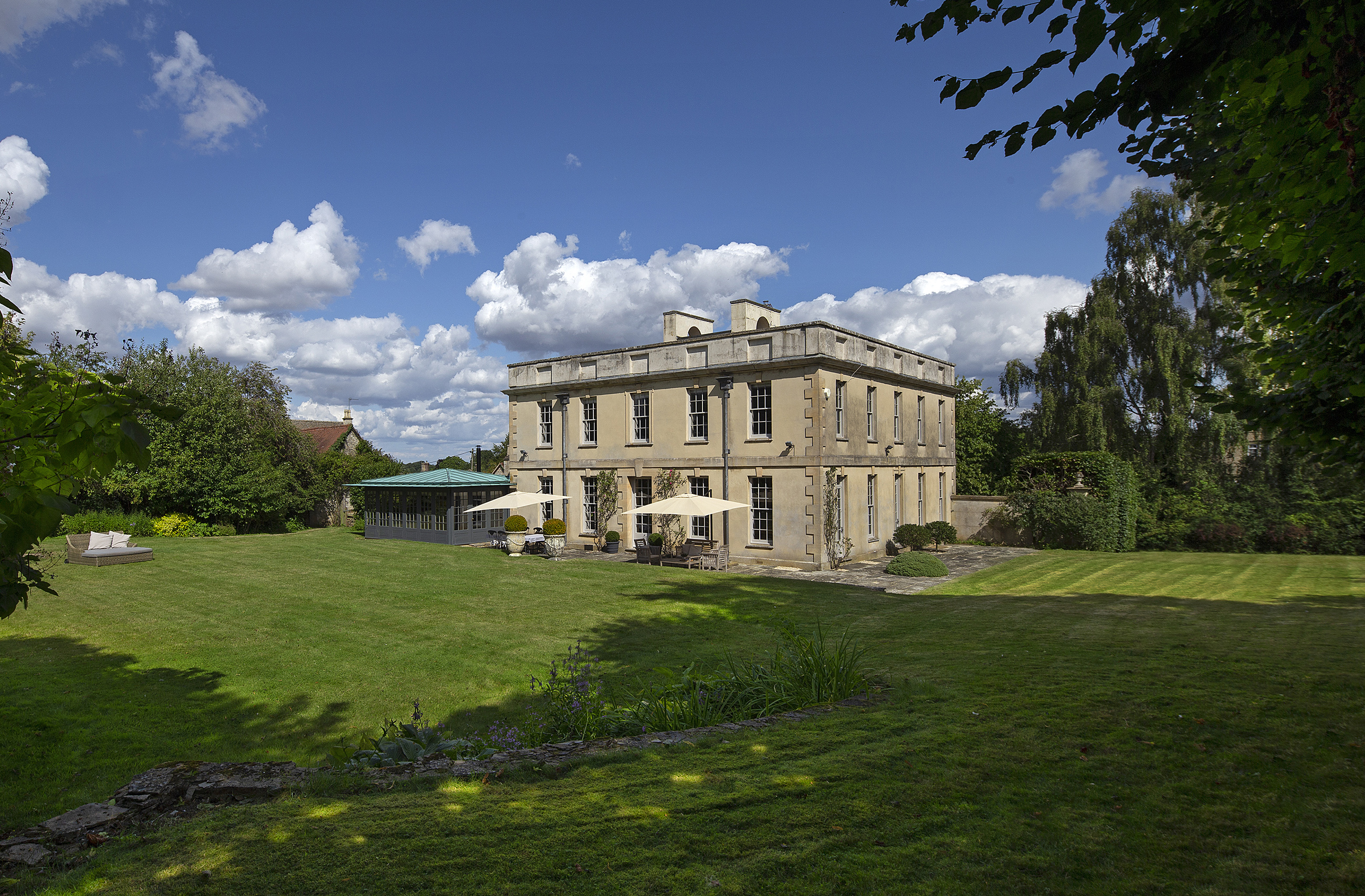
Credit: Nigel Francis / Savills
A superb post-war home so brilliantly designed in the Georgian style that even the great Pevsner was fooled
Penny Churchill takes a look at Shipton Standing, a brilliantly and boldly-updated house in the Cotswolds where a series of
Toby Keel is Country Life's Digital Director, and has been running the website and social media channels since 2016. A former sports journalist, he writes about property, cars, lifestyle, travel, nature.
-
 'Monolithic, multi-layered and quite, quite magnificent. This was love at first bite': Tom Parker Bowles on his lifelong love affair with lasagne
'Monolithic, multi-layered and quite, quite magnificent. This was love at first bite': Tom Parker Bowles on his lifelong love affair with lasagneAn upwardly mobile spaghetti Bolognese, lasagne al forno, with oozing béchamel and layered meaty magnificence, is a bona fide comfort classic, declares Tom Parker Bowles.
By Tom Parker Bowles
-
 Country houses, cream teas and Baywatch: Country Life Quiz of the Day, April 24, 2025
Country houses, cream teas and Baywatch: Country Life Quiz of the Day, April 24, 2025Thursday's Quiz of the Day asks exactly how popular Baywatch became.
By Toby Keel
